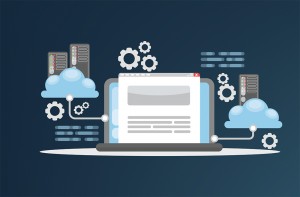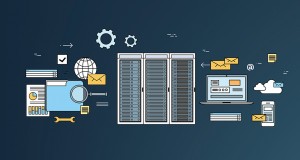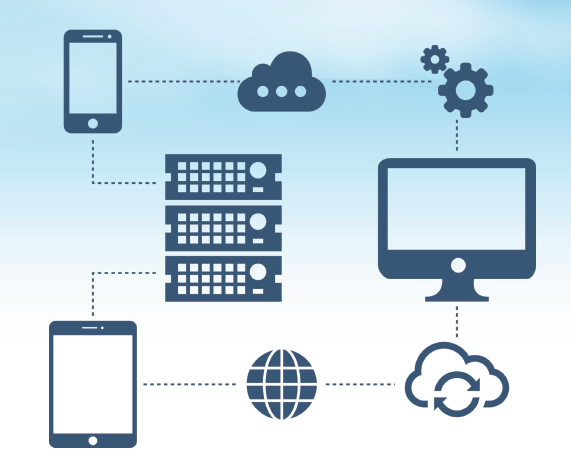Deep Learning in Machine Learning
Deep Learning is a sub-division of machine learning consists of algorithms stimulated by the structure and function of the brain called artificial neural networks.
If the user is just starting out in the field of deep learning or the user had some experience with neural networks, then the user might get confused.
The experts in the field have idea of what deep learning is and these exact and refined perspectives shed a lot of light on what deep learning is all about.
In this article, the user will discover exactly what deep learning is by hearing from a range of experts in the field.
DEEP LEARNING
Deep Learning has evolved hand-in-hand with the digital eon, which has brought about an eruption of data in all forms and from every region of the world. This data, known simply as Big Data, is drawn from sources such as social media, internet search engines, e-commerce platforms, online cinemas, and much more. This massive amount of data is readily accessible and can be shared through FinTech applications such as cloud computing. However, the data, which usually is unstructured, is so huge that it could take decades for humans to understand and extract relevant information. Organizations realize the incredible potential that can result from unravelling this wealth of information, and are increasingly adapting Artificial Intelligence (AI) systems for automated support.
One of the most common AI techniques used for processing Big Data is Machine Learning, a self-adaptive algorithm that gets progressively better analysis and patterns with experience or with new added data. The computational algorithm built into a computer model will process all the transactions happening on the digital platform, find patterns in the data set and identifies glitches detected by the pattern.
Deep learning, a subdivision of machine learning, utilizes a hierarchical level of artificial neural networks to carry out the process of machine learning. The artificial neural networks are built with neuron nodes connected together like a web. While traditional programs build analysis with data in a linear way, the hierarchical function of deep learning systems allows machines to process data with a nonlinear approach. A traditional approach to identifying fraud might depend on the amount of transaction arises, while a deep learning nonlinear technique would include time, geographic location, IP address, and other features that is likely to point to a fraudulent activity. The first layer of the neural network processes a raw data inputs the amount of transaction and passes it on to the next layer as output. The second layer processes the previous layer’s information by including additional information like the user’s IP address and passes on its result. The next layer takes the second layer’s information and includes raw data like geographic location and makes the machine’s pattern even better. This continues across all levels of the neuron network.
DEEP LEARNING
Using the fraud detection system with machine learning, the user can create a deep learning example. If the machine learning system creates a model with parameters built around the amount of dollars a user sends or receives, the deep learning method can start building on the results offered by machine learning. Each layer of its neural network builds on its previous layer with added data such as retailer, sender, user, credit score, IP address and a host of other features that may take years to connect together if processed by a human being. Deep learning algorithms are skilled to not just create patterns from all transactions, but to also know when a pattern is signalling the need for a fraudulent investigation. The final layer transmits a signal to an analyst who may freeze the user’s account until all pending investigations are confirmed.
Deep learning is used across all industries for a number of different tasks. Commercial apps that use image recognition, open source platforms with consumer recommendation apps that explore the possibility of reusing for new ailments are a few of the examples of deep learning incorporation.





